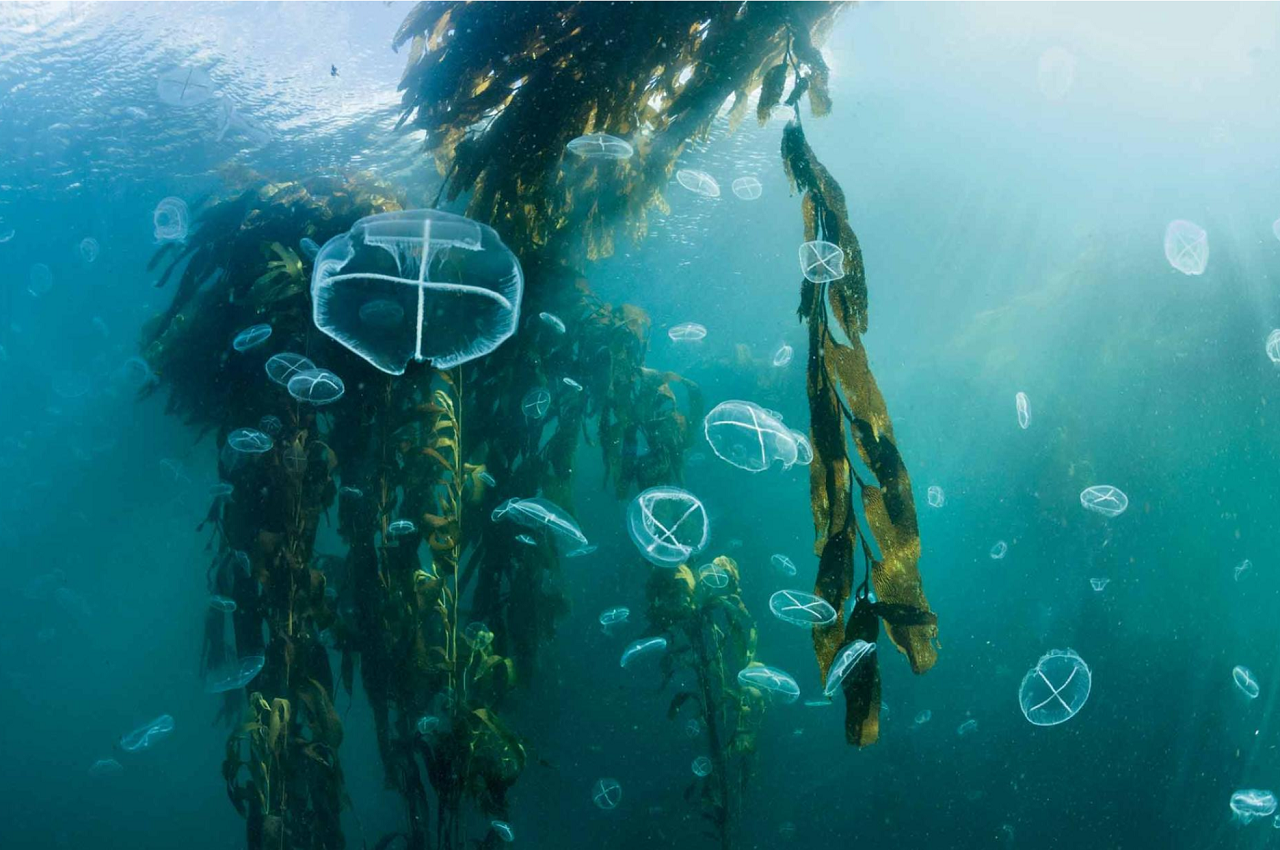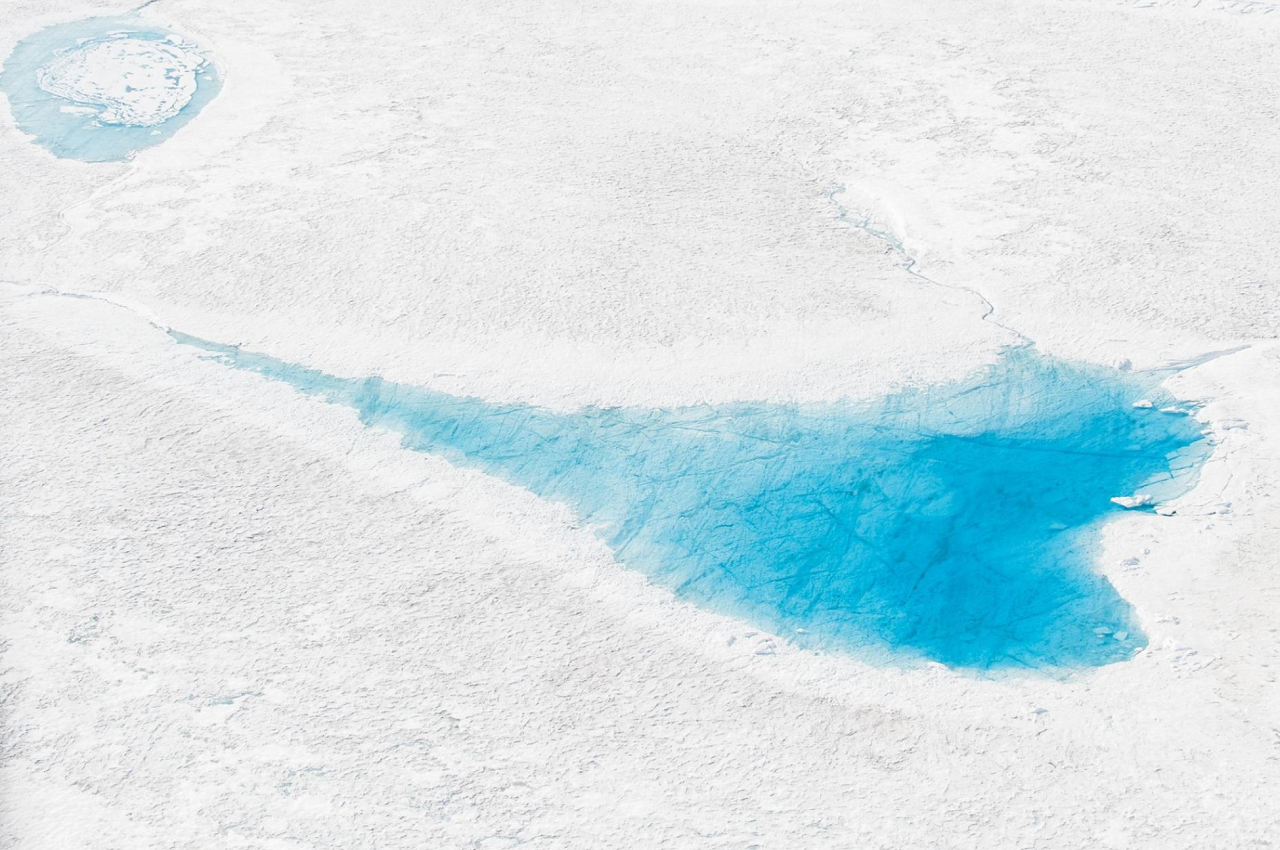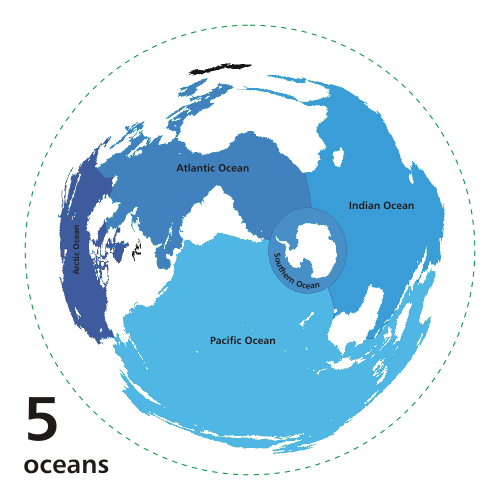-Origin-
As Earth formed in a cloud of gas and dust more than 4.5 billion years ago, a huge amount of lighter elements, including hydrogen (H) and oxygen (O), became trapped inside the planet as the gases condensed and formed molten rock. Materials of different densities separated out; in the young planet's molten interior, heavy elements sank and light elements rose.
Gases rose through thousands of miles of molten and melting rock, to erupt on the surface through volcanoes and fissures.
Within the planet and above the surface, oxygen combined with hydrogen to form water (H2O). Enormous quantities of water enough to fill oceans if it were liquid shrouded the globe as an incredibly dense atmosphere of water vapor. Near the top of the atmosphere, where heat could be lost to outer space, water vapor condensed to liquid and fell back into the water vapor layer below, cooling the layer. This atmospheric cooling process continued until the first raindrops fell to Earth's surface and flashed into steam. And that's how Ocean formed.
-NAT GEO ORIGINALS-

This is the moment to take it all in place

To take a deep breath, with this view

Appreciate the great fortune we have to be

With this snow and the descent ahead
-Ocean Distribution-
The ocean is a continuous body of salt water that covers more than 70 percent of the Earth's surface. Ocean currents govern the world's weather and churn a kaleidoscope of life. Humans depend on these teeming waters for comfort and survival, but global warming and overfishing threaten Earth's largest habitat.

Geographers divide the ocean into five major basins: the Pacific, Atlantic, Indian, Arctic, and Southern. Smaller ocean regions such as the Mediterranean Sea, Gulf of Mexico, and the Bay of Bengal are called seas, gulfs, and bays. Inland bodies of saltwater such as the Caspian Sea and the Great Salt Lake are distinct from the world's oceans.
The oceans hold about 321 million cubic miles (1.34 billion cubic kilometers) of water, which is roughly 97 percent of Earth's water supply. Seawater's weight is about 3.5 percent dissolved salt; oceans are also rich in chlorine, magnesium, and calcium. The oceans absorb the sun's heat, transferring it to the atmosphere and distributing it around the world. This conveyor belt of heat drives global weather patterns and helps regulate temperatures on land, acting as a heater in the winter and an air conditioner in the summer.
Now, try to move your mouse here:
We are exploring the ocean!
